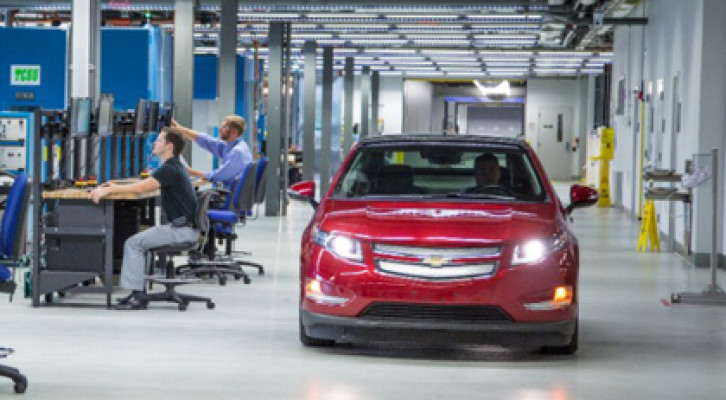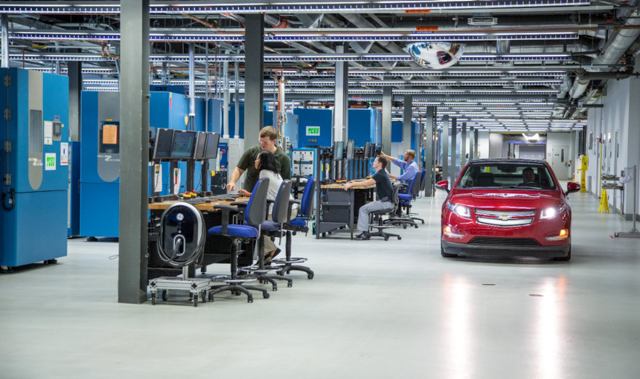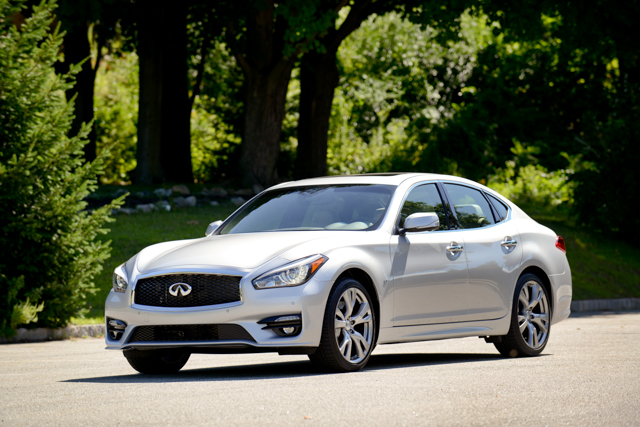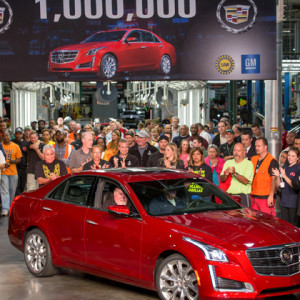The battery plant in Warren, Mich., has been a source of pride for General Motors Co. ever since the Chevrolet Volt hit the streets. Times have changed, but the lab is still innovating in the world of GM electrical cars.
GM announced Sept. 16 that it will expand the Warren lab to accommodate the next generation of the Volt, the Cadillac ELR and other vehicles that haven’t yet been named. Sen. Debbie Stabenow has long been vocal about her support for this technology. When she introduced the Battery Innovation Act, Stabenow said that “Michigan is setting the pace” in the advanced battery market.
The Warren lab has grown from 50,000 square feet to 85,000 square feet. It now will be able to utilize 112 pack-level test channels (formerly 64) and now the quantity of cell-level test channels is 120, up from 96. The Global Battery Systems Laboratory (its actual name) is still considered to be “the largest battery in North America owned and operated by a major auto manufacturer.”
With all of this expansion, the company will continue to test Volt batteries to obtain better data on how to charge them faster and keep them operational longer. GM also will work to improve the batteries for the next generation of the Volt, to make them smaller and more cost effective.
The Warren lab also is learning from its competition, by testing the battery packs from other manufacturers, including Ford, Hyundai, Nissan, and Toyota (Prius). Representatives from GM said that although they are not currently testing Tesla’s battery packs, they are well-versed on Tesla’s methods.
“There’s nothing about the Tesla battery we don’t know, said Doug Park, GM vice president for global product programs. Park called Tesla’s strategy “very intriguing,” but said that “matching what Tesla did is not that exciting.”
“The real trick,” said Park, “will be, who can build a 200-mile (range) car at the prices I’m talking about ($25,000 to 40,000)?”





